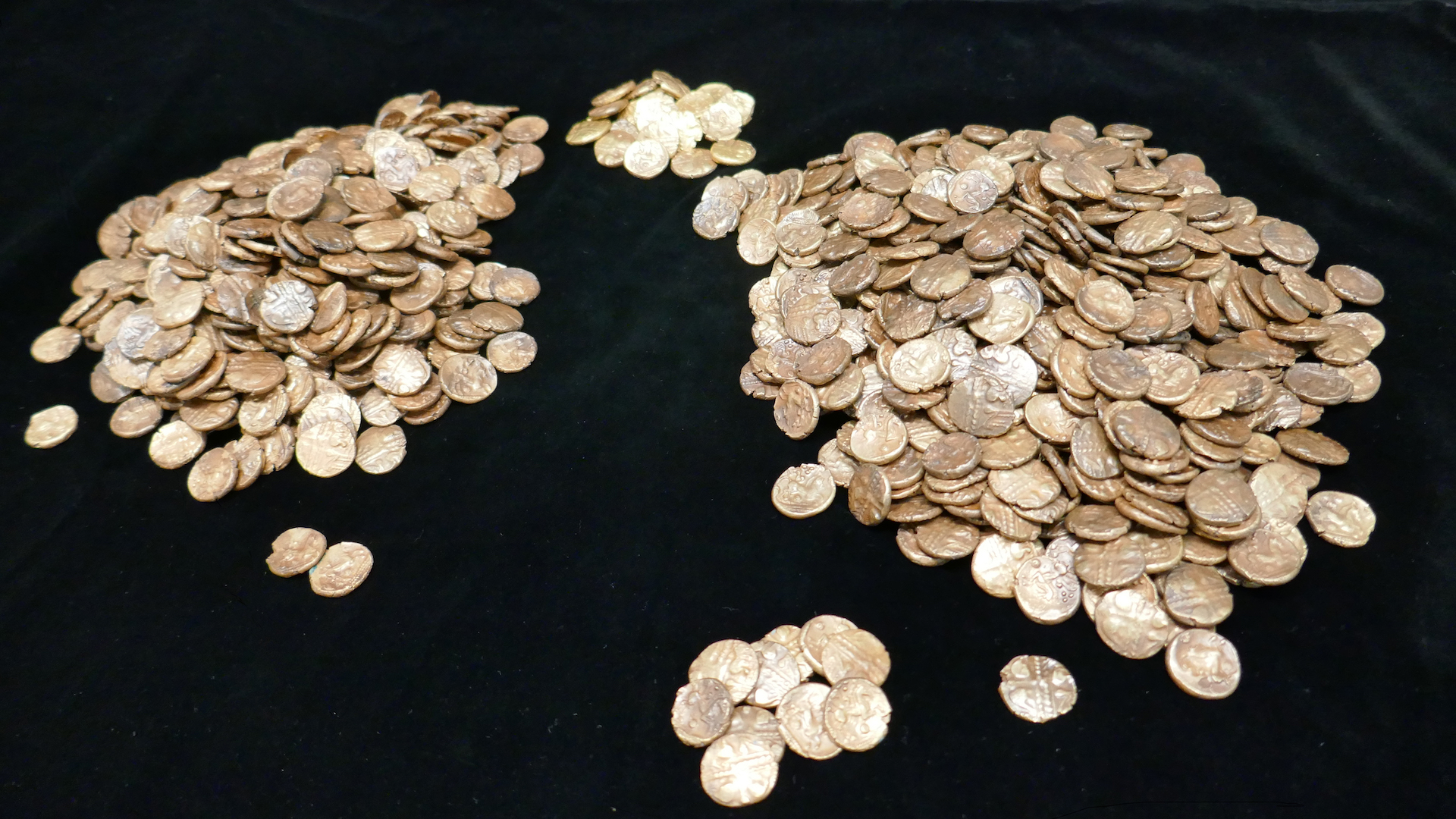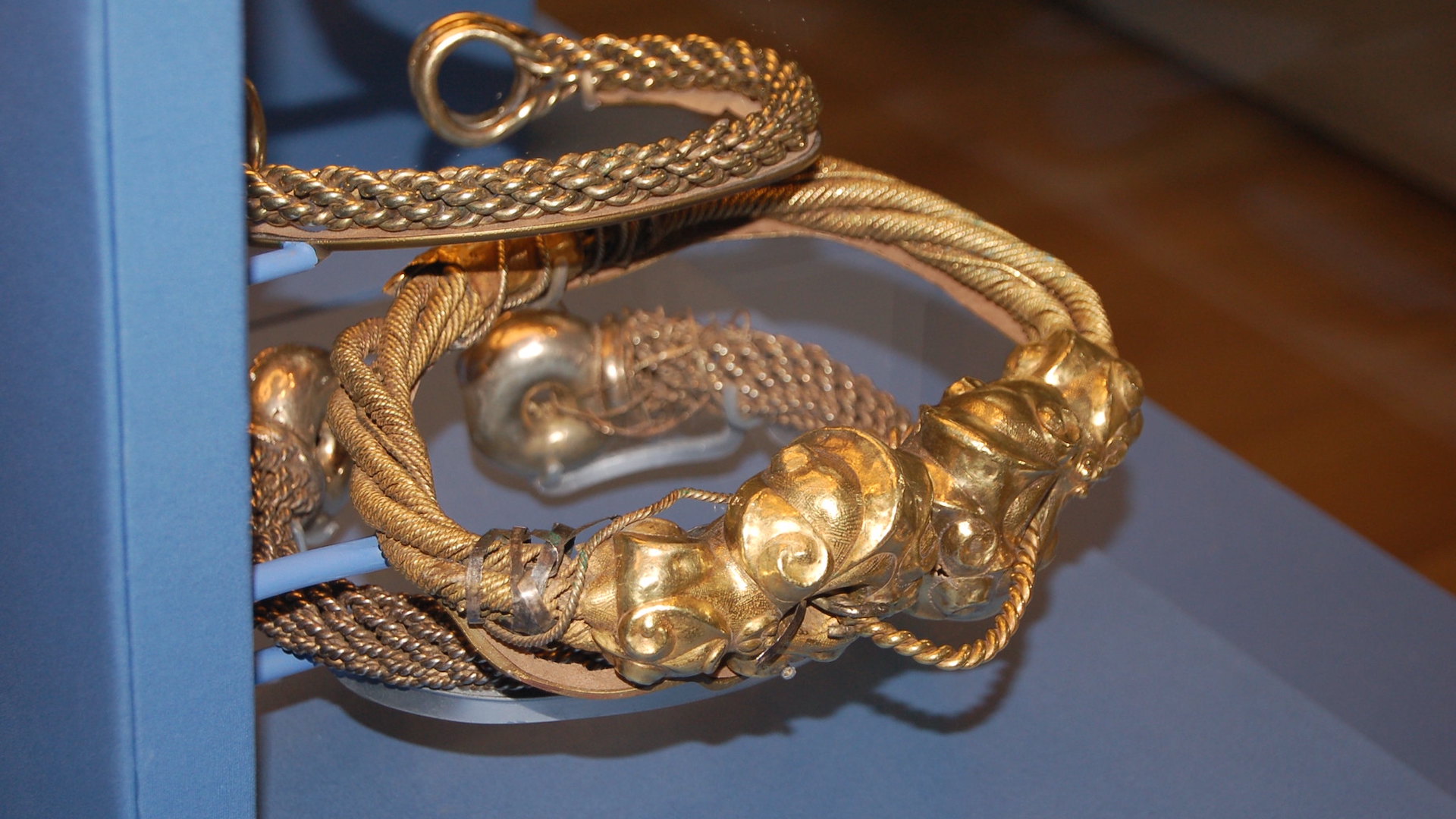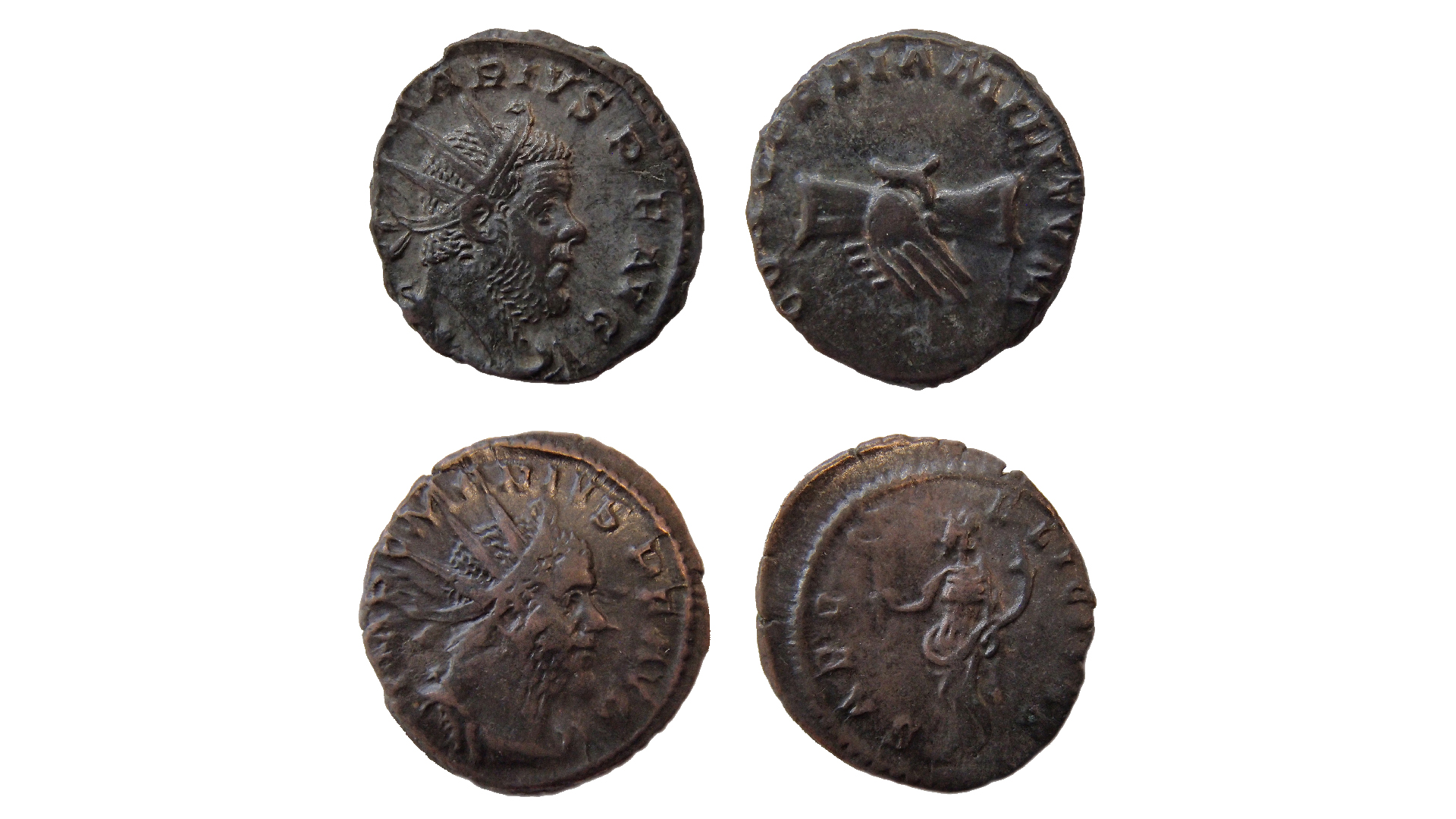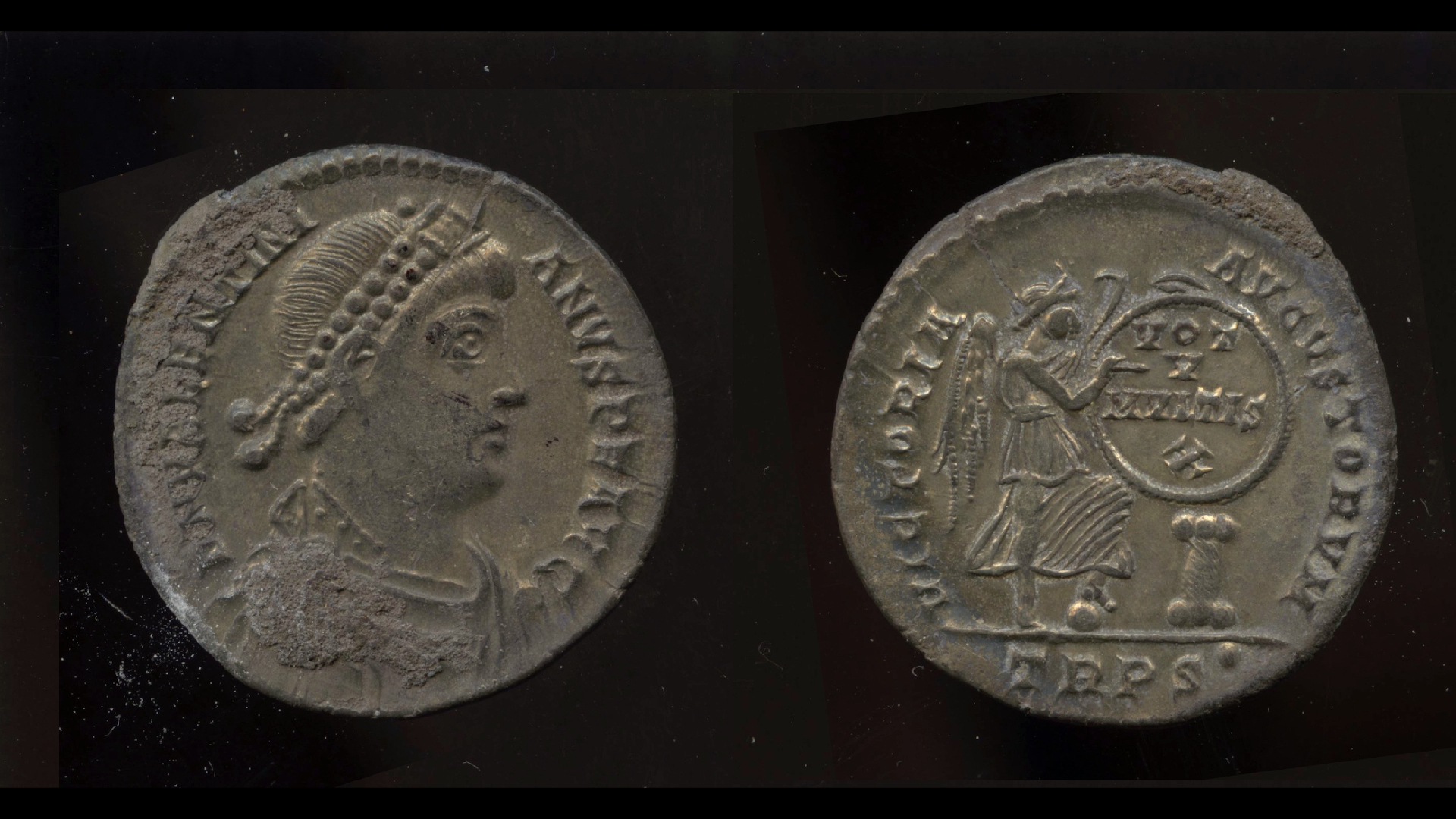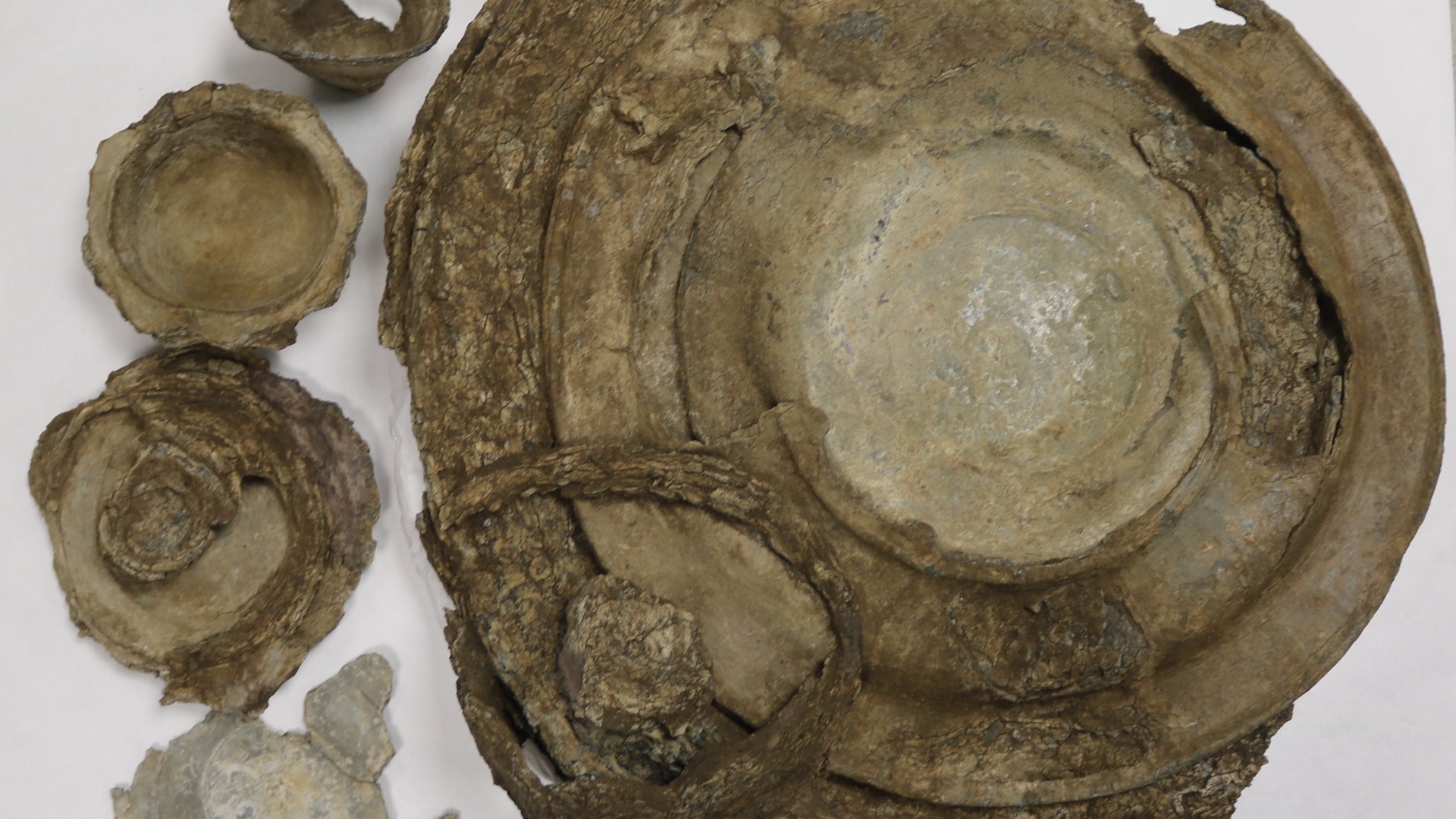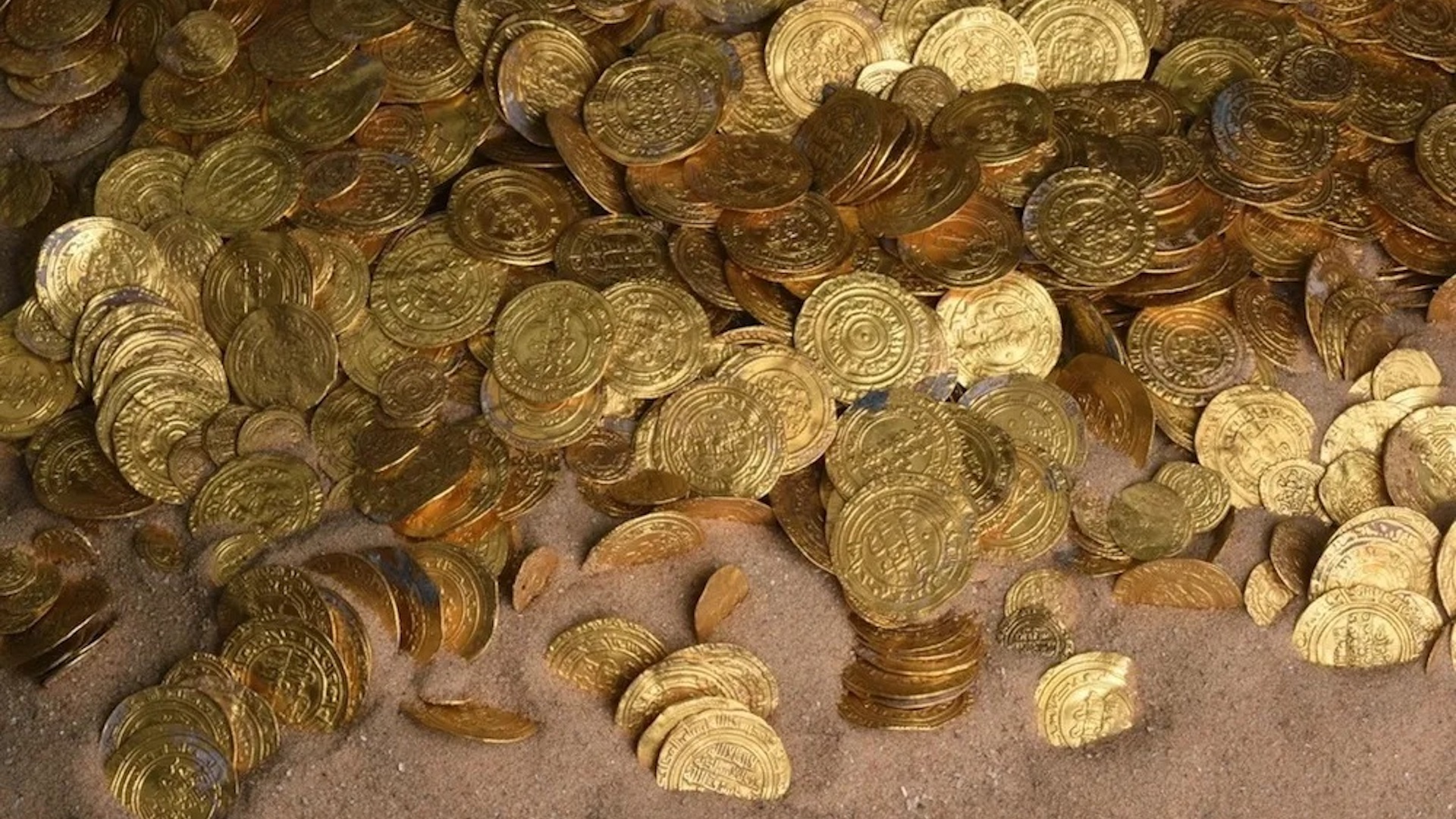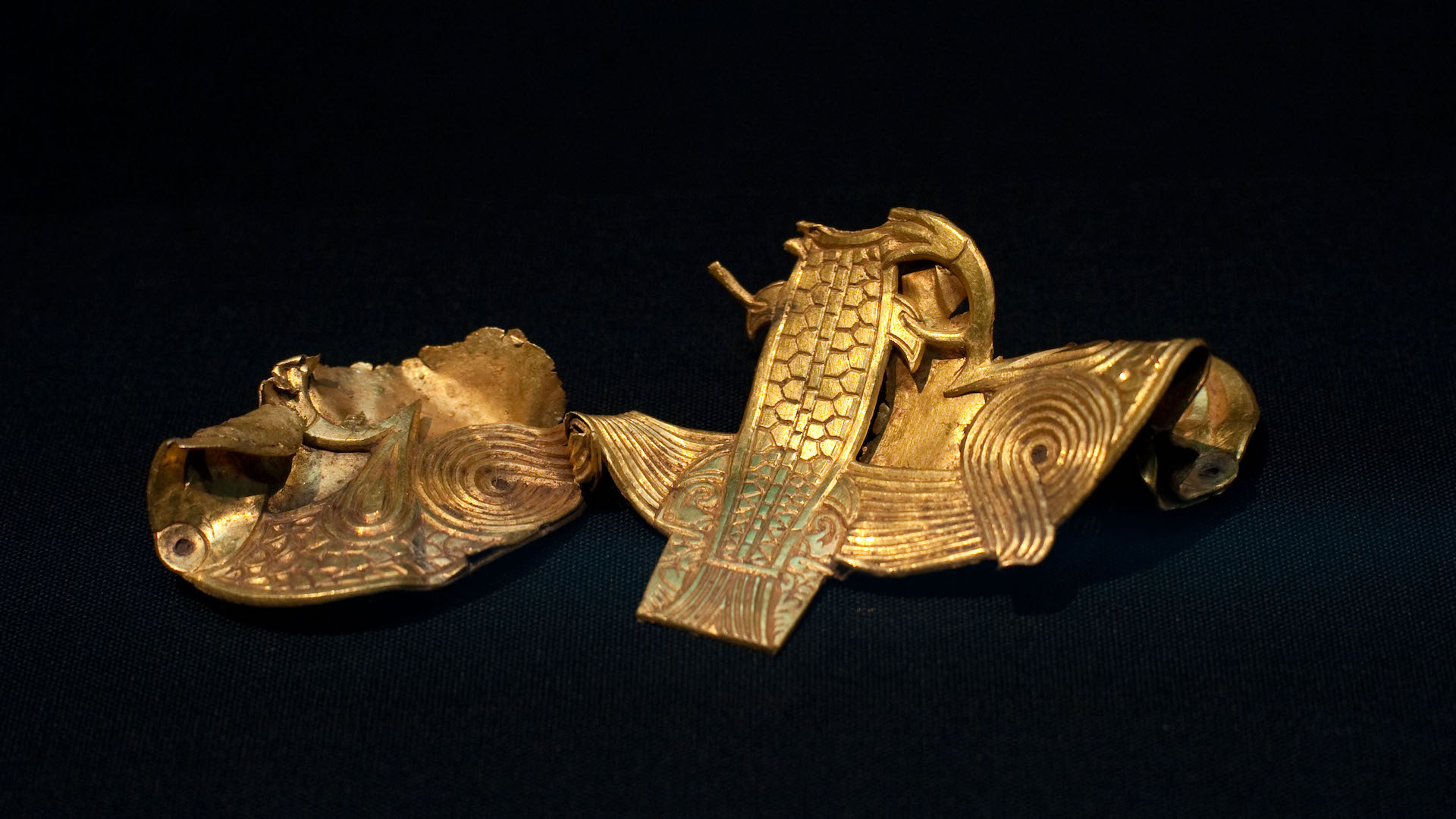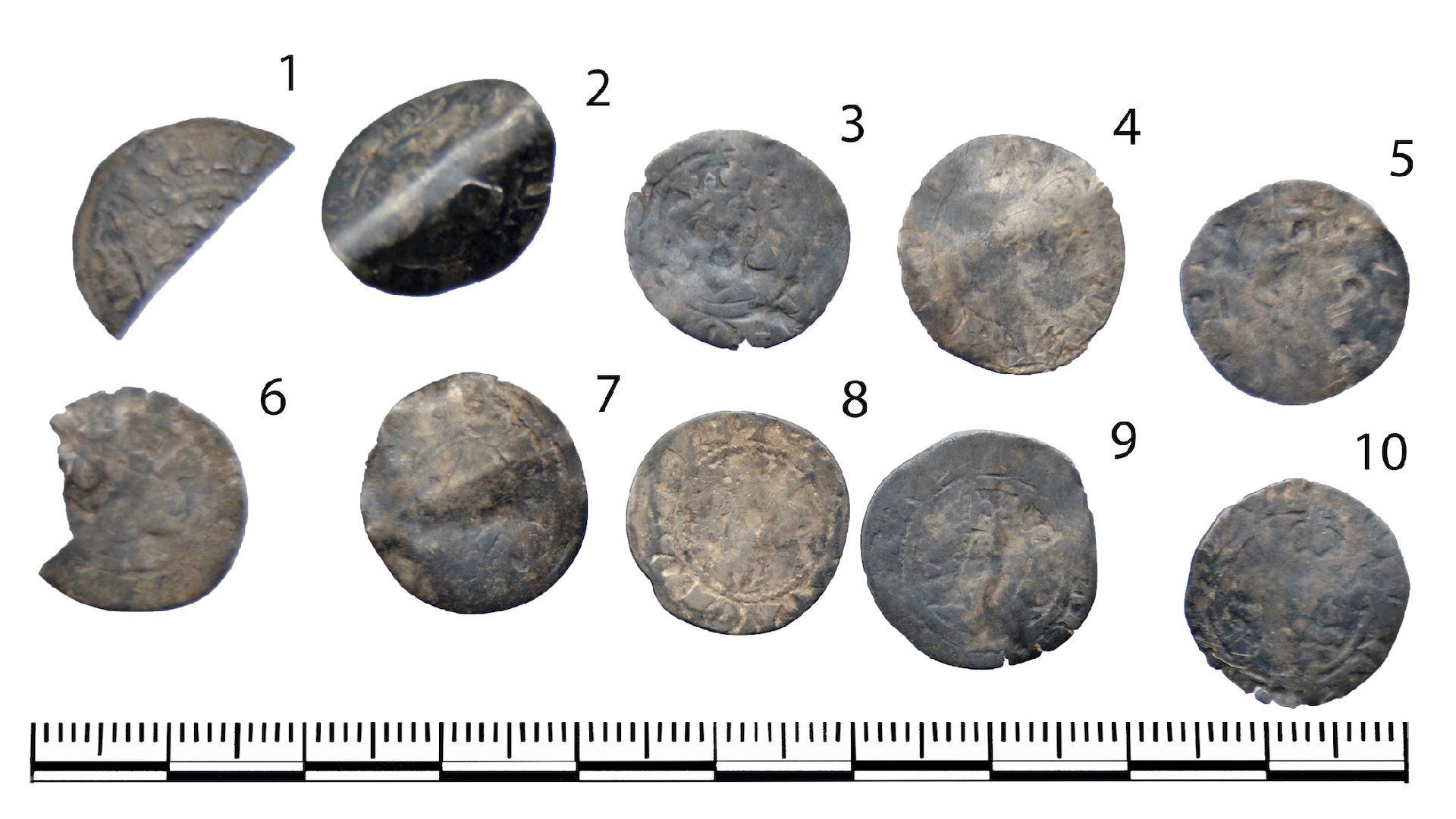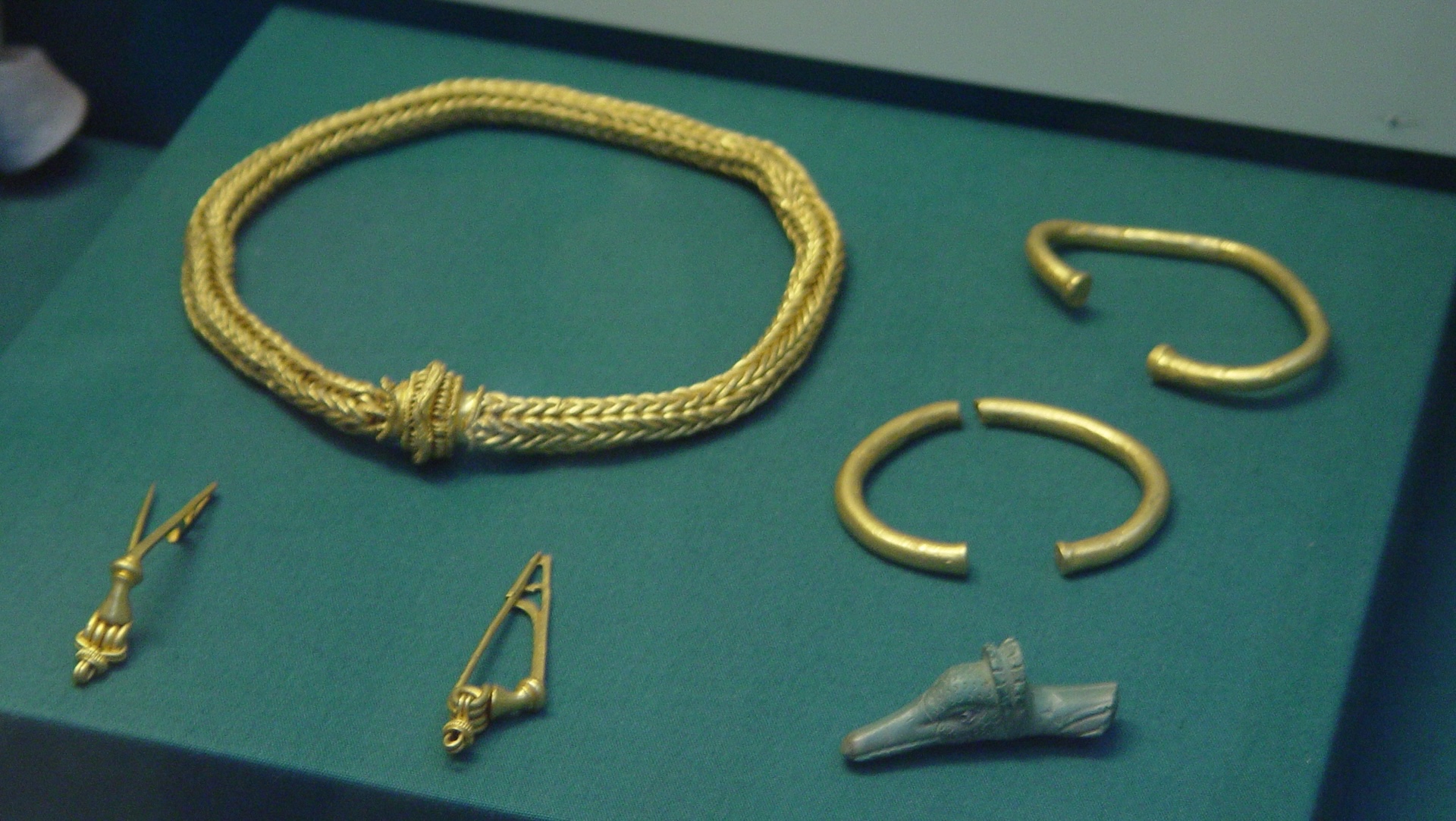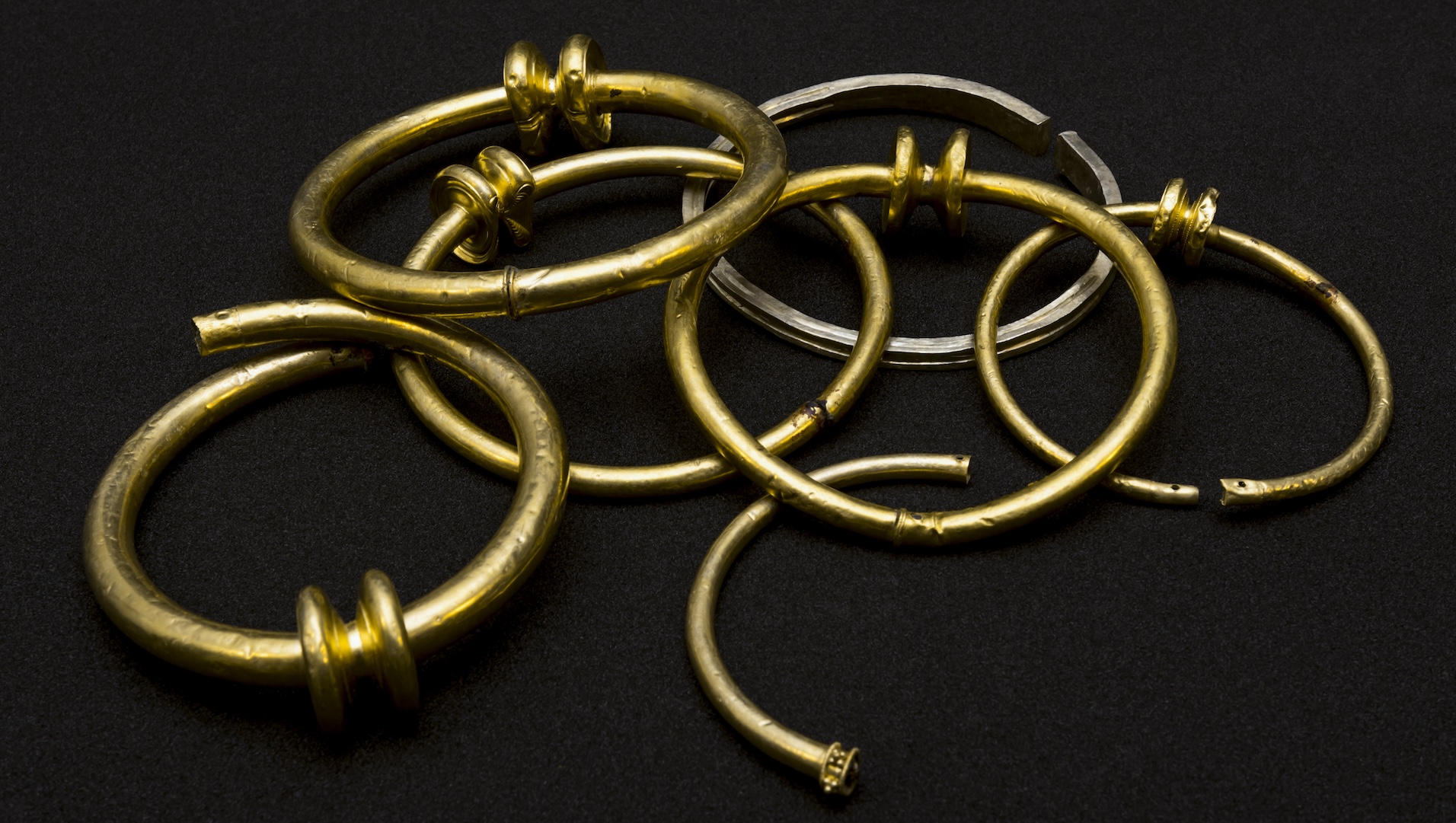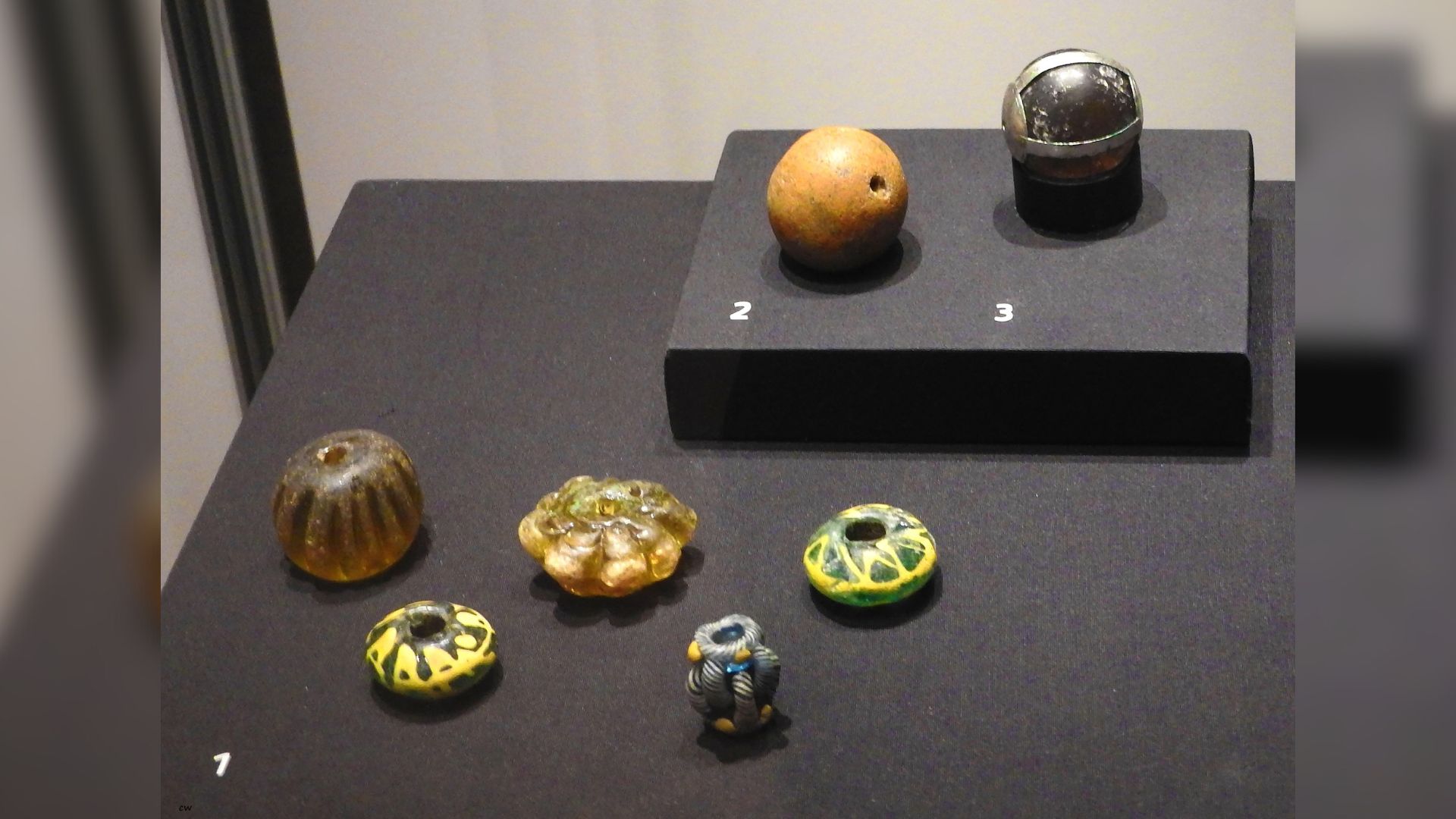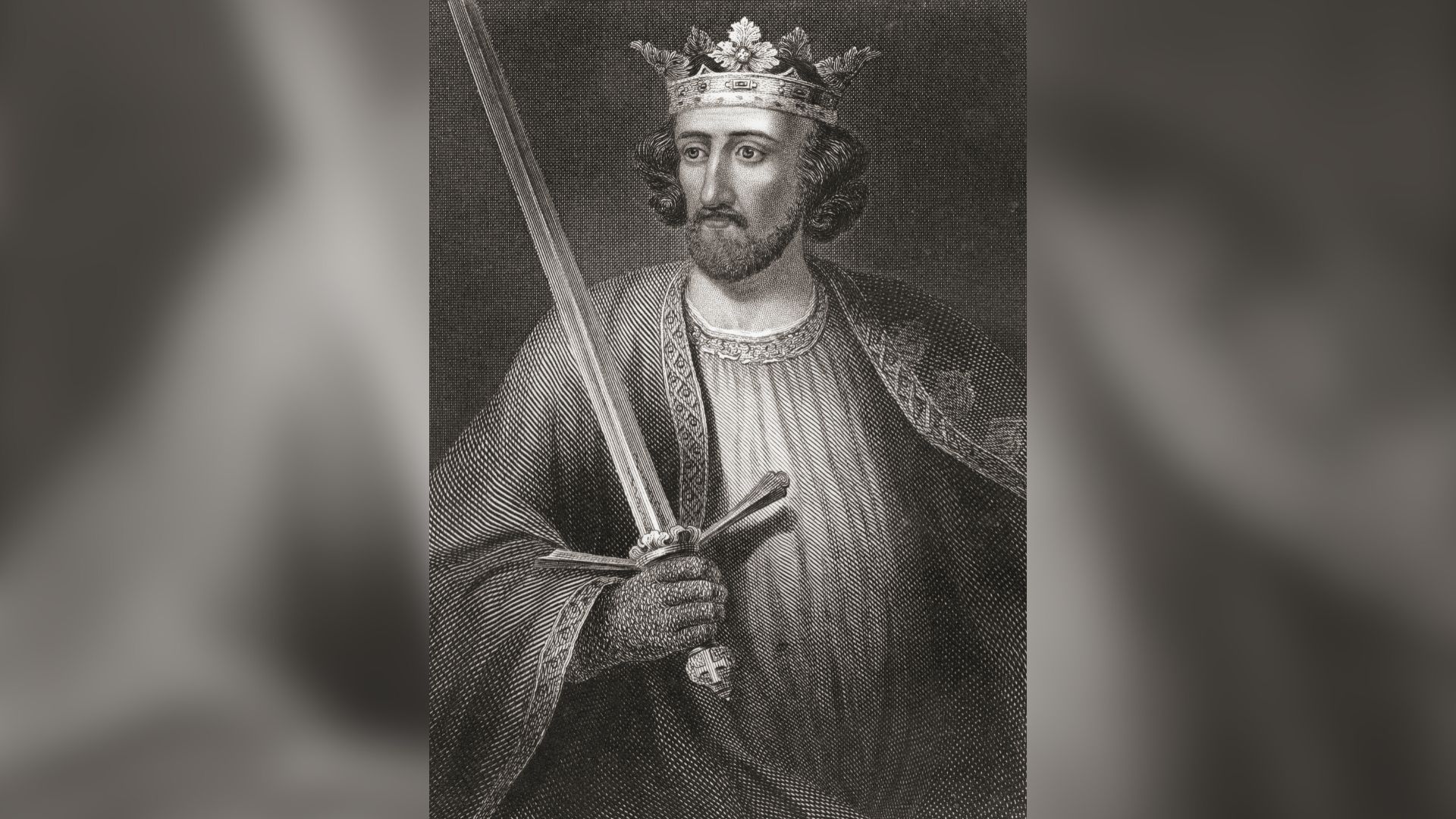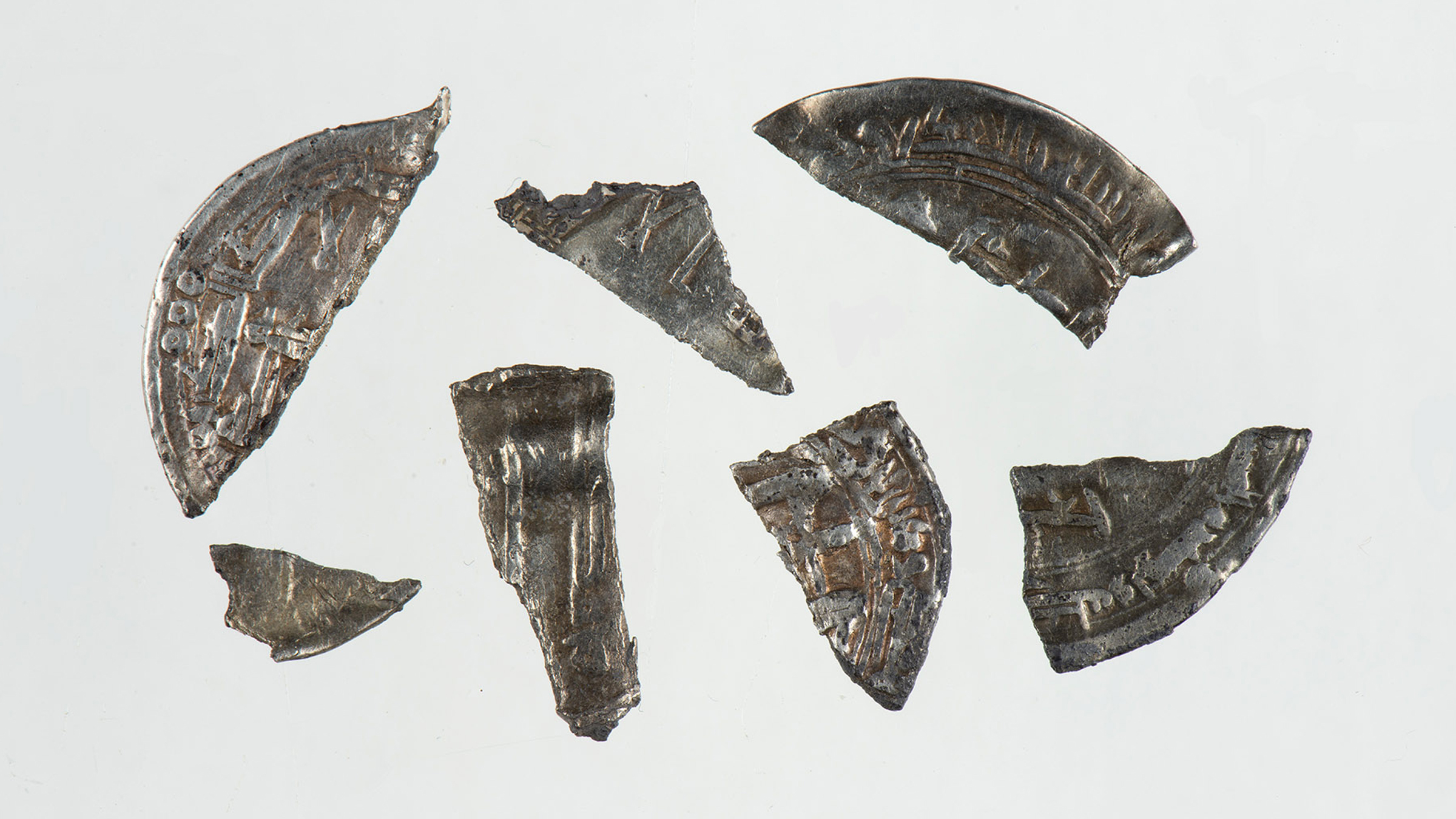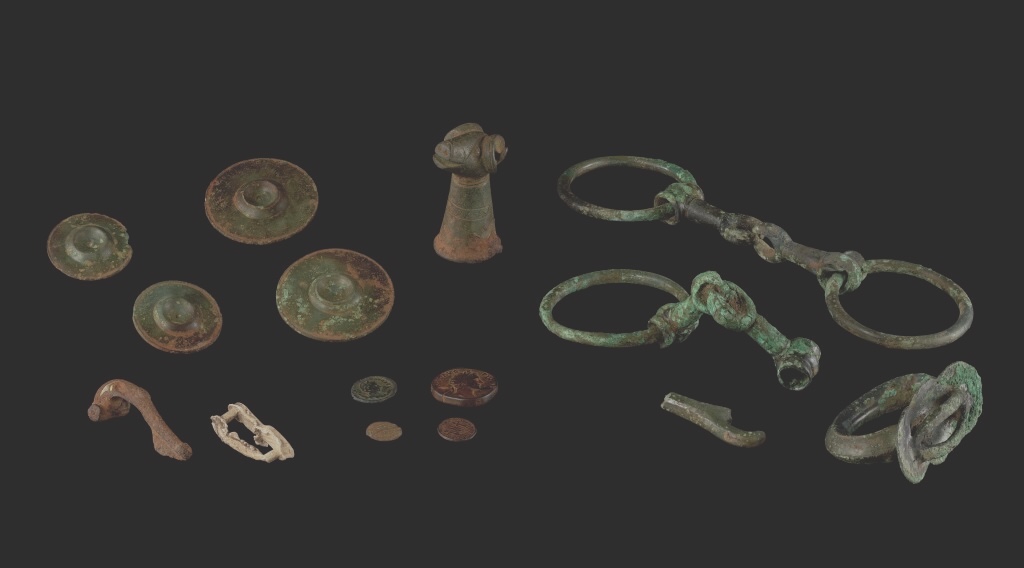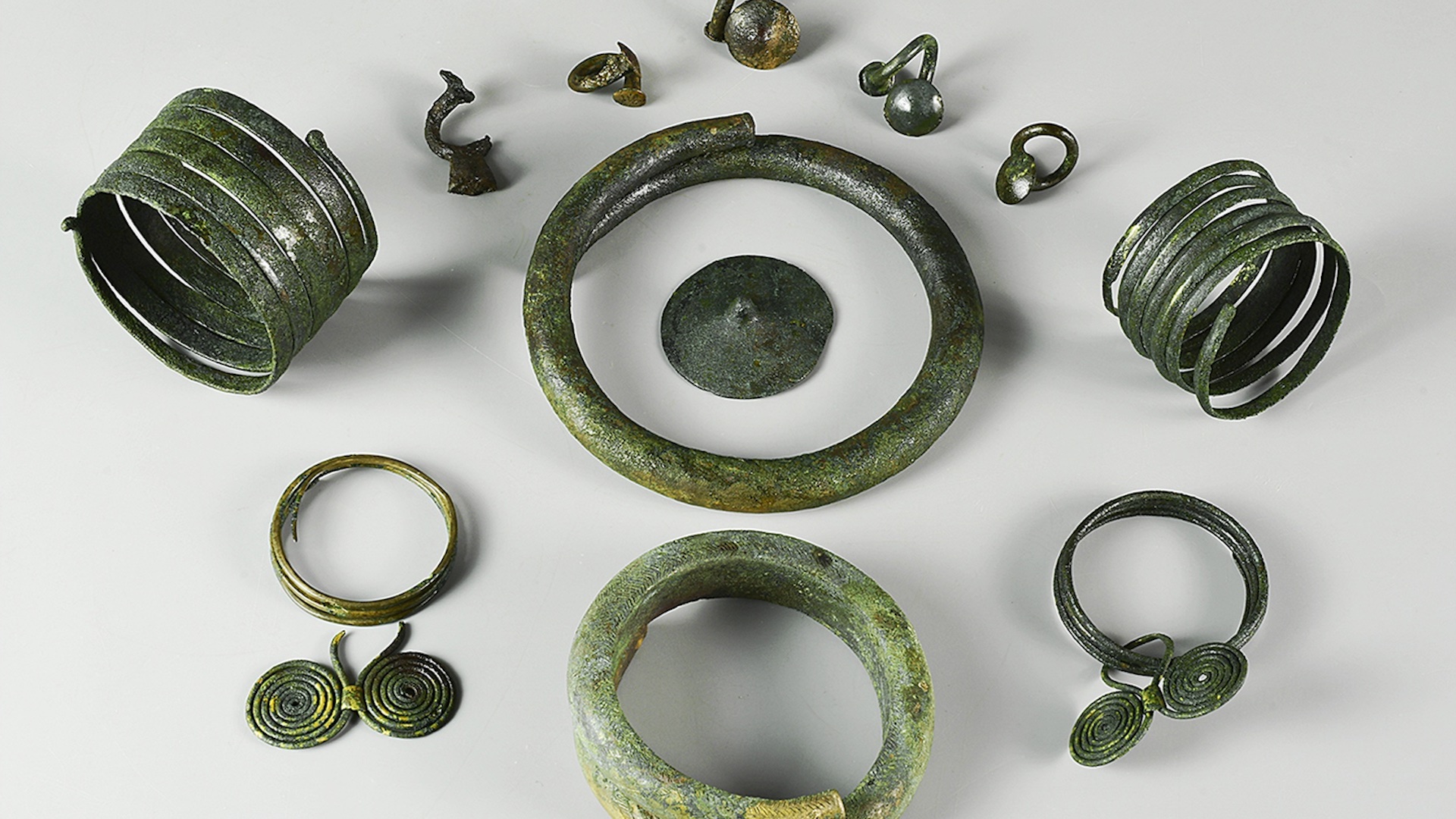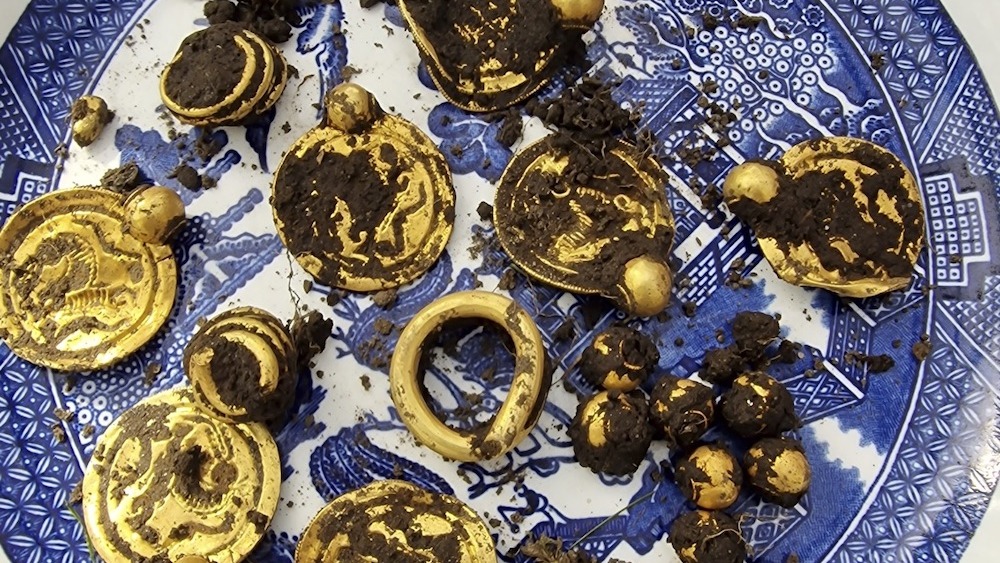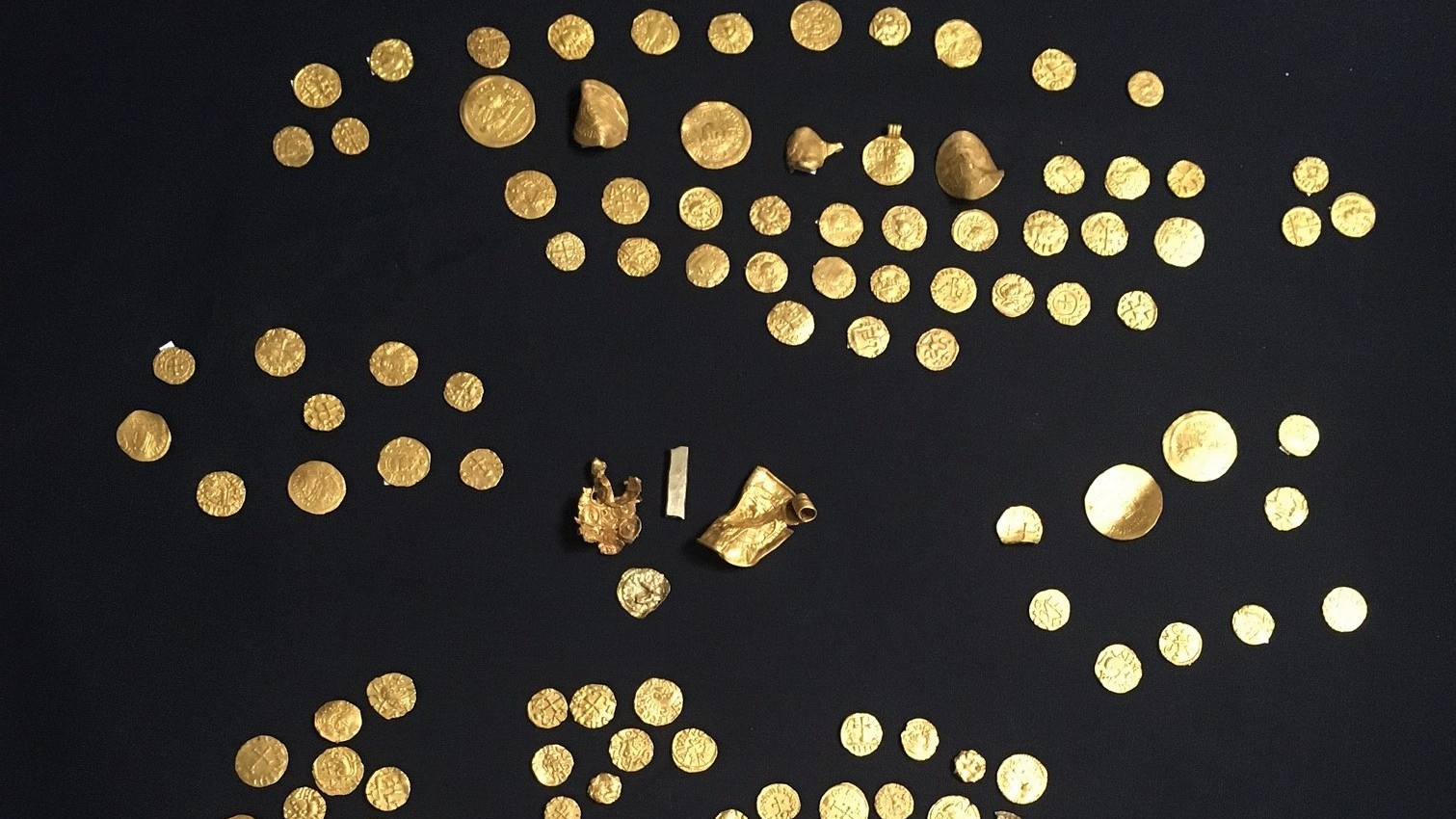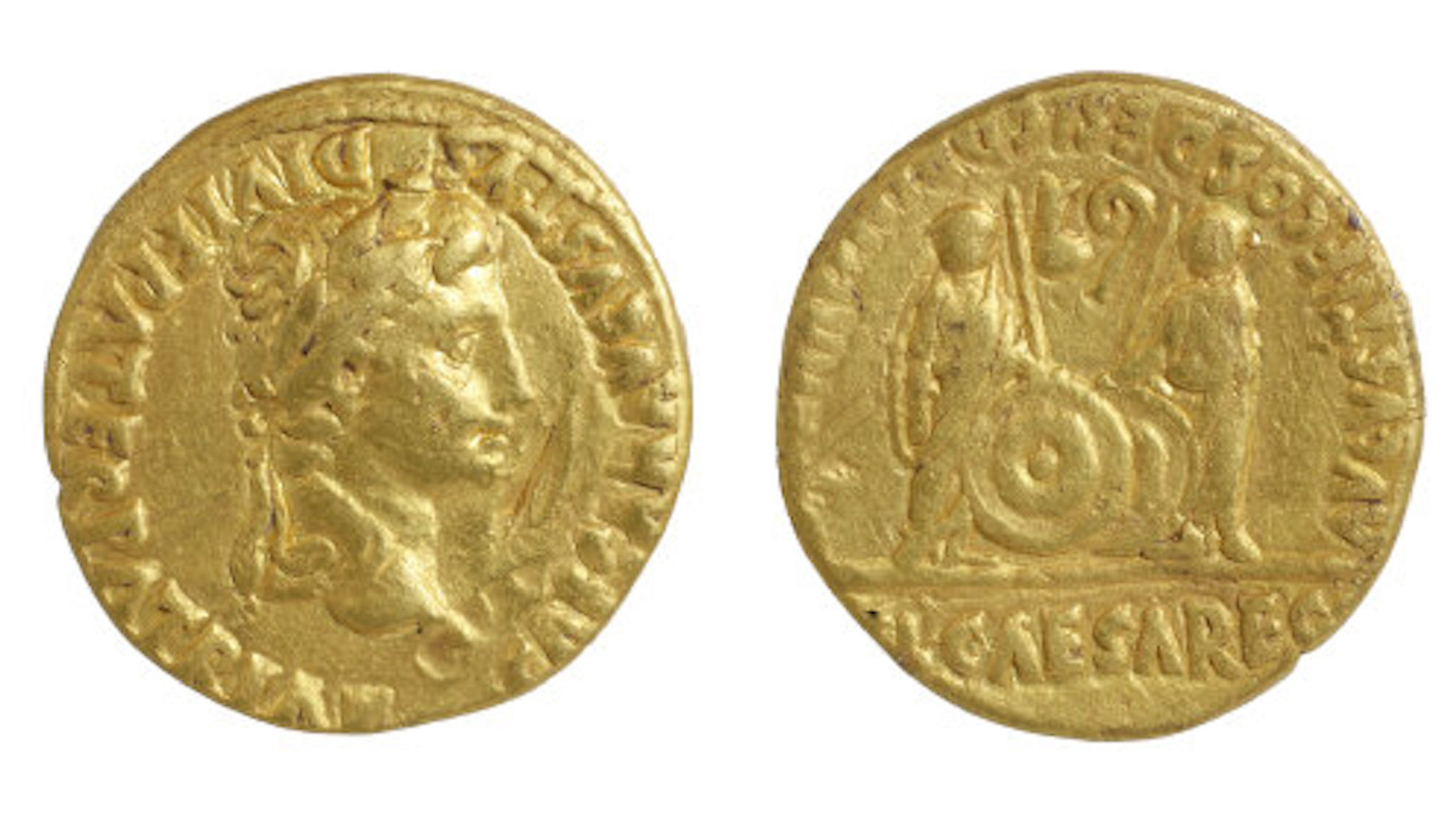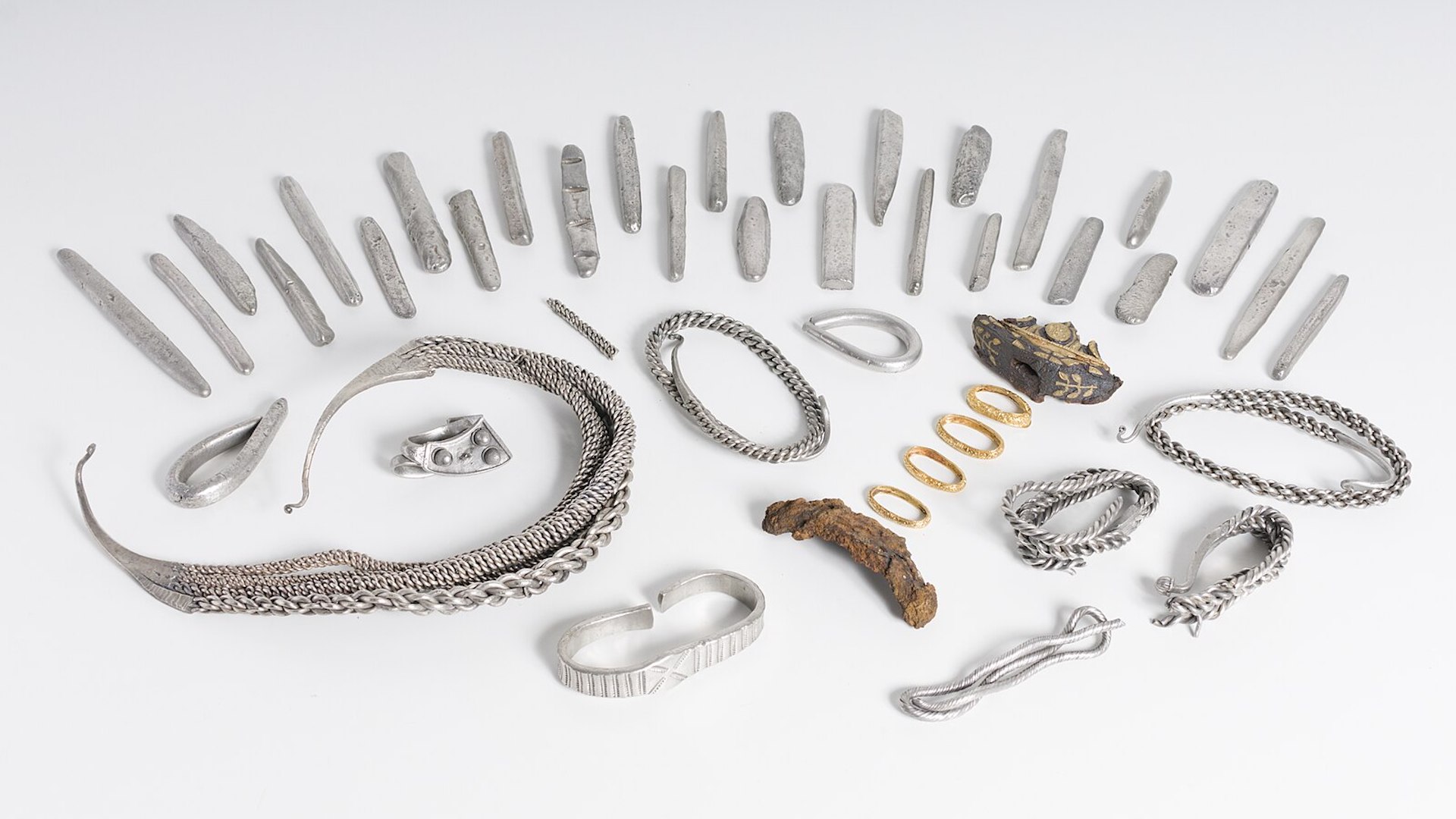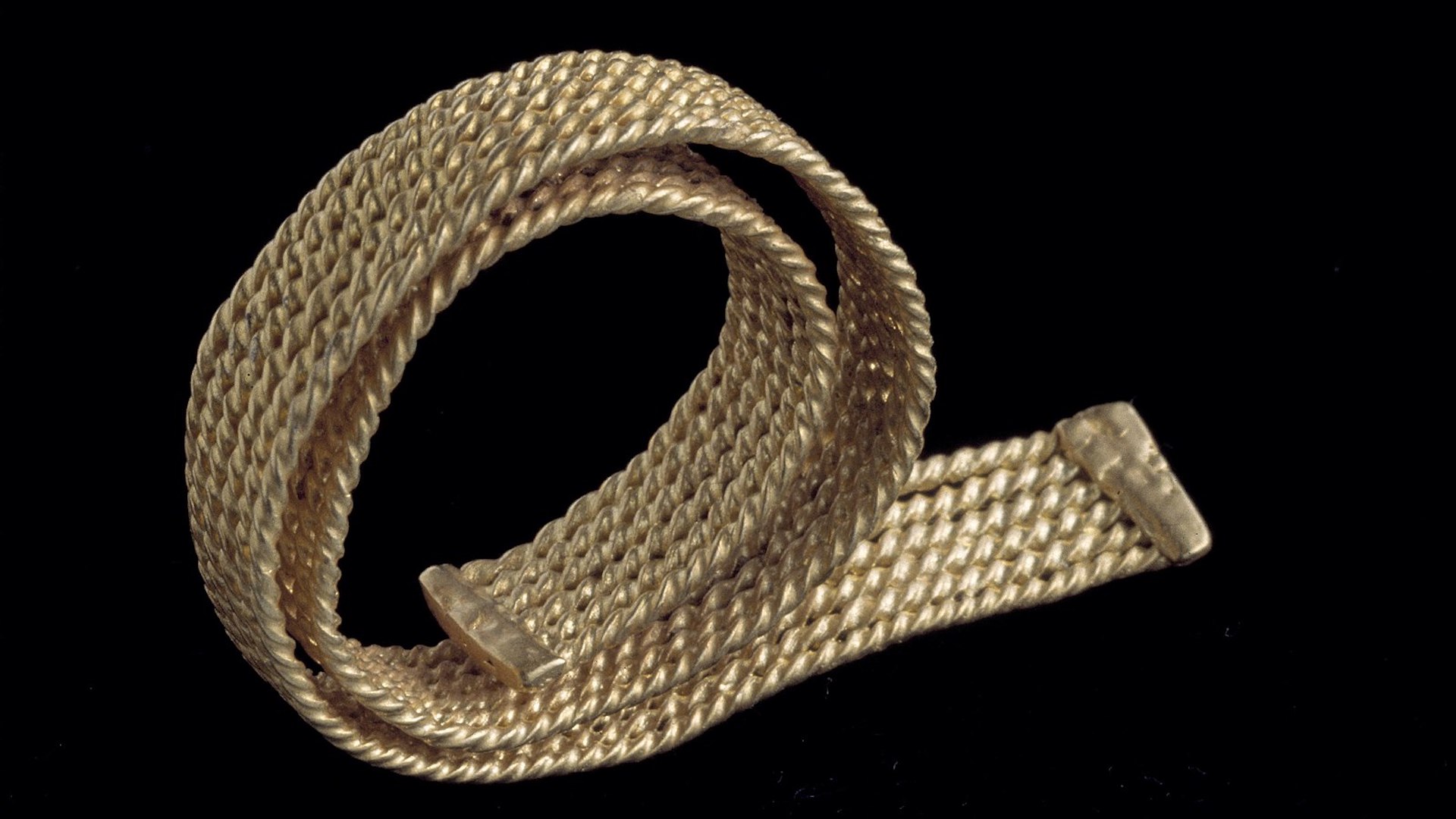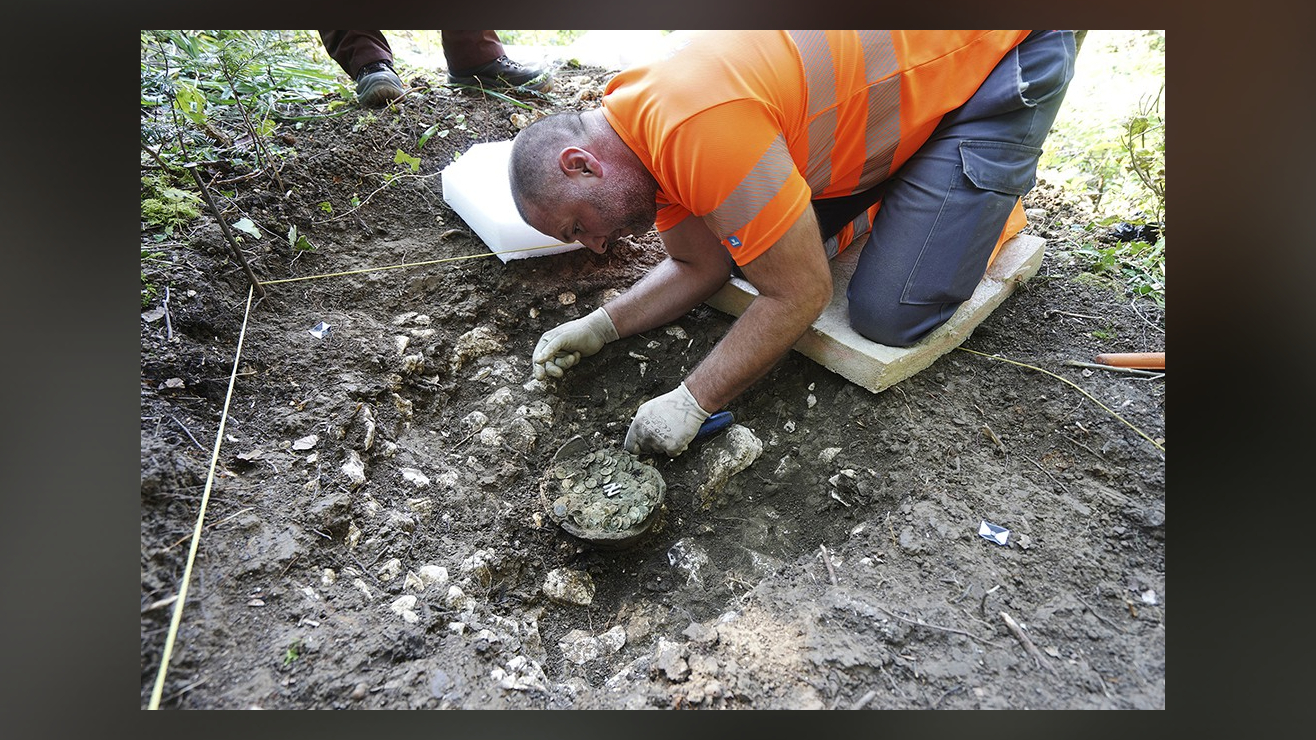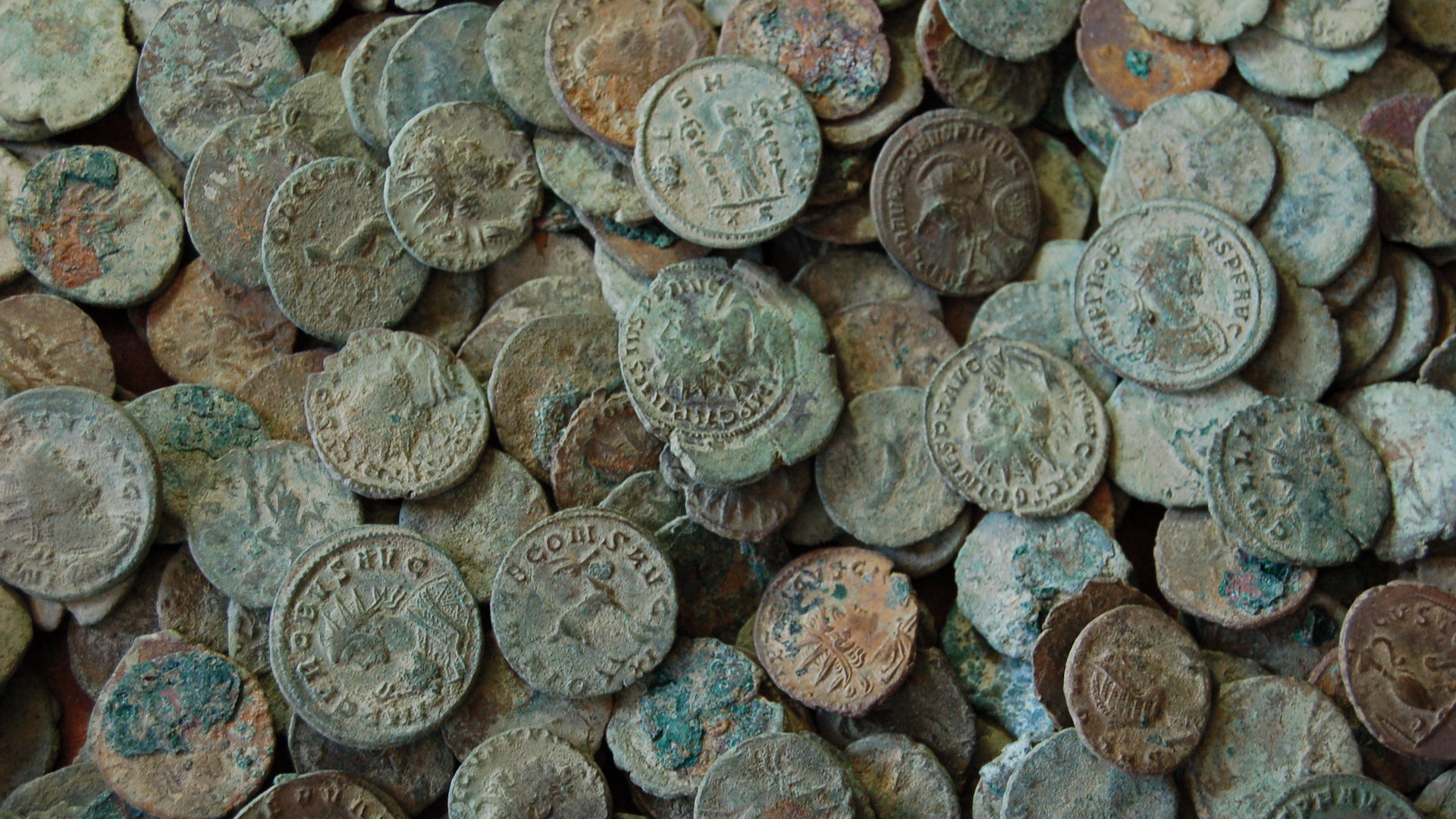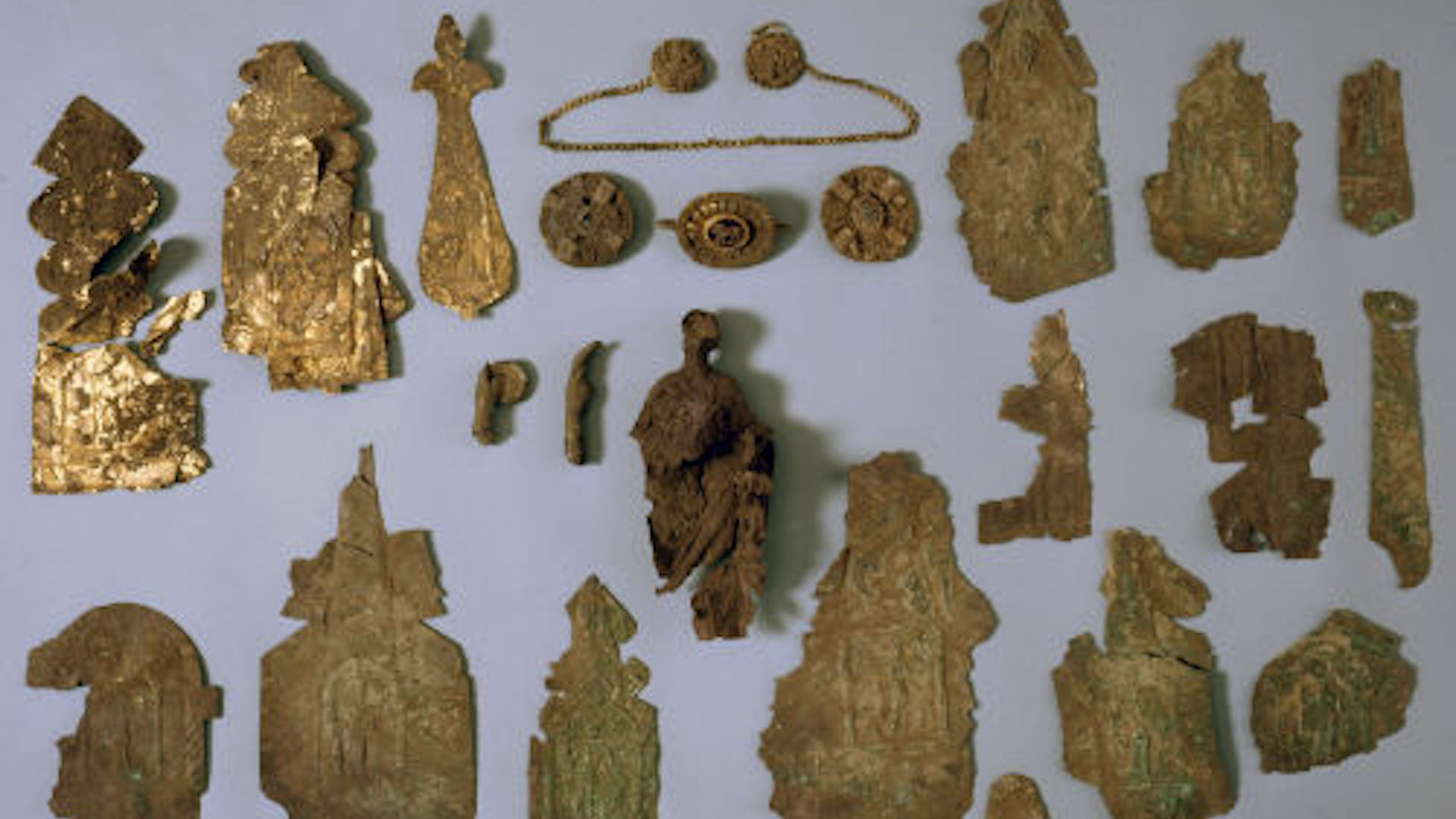32 stunning centuries-old hoards unearthed by metal detectorists
Archaeologists and amateurs armed with metal detectors have discovered previous hoards from centuries past.
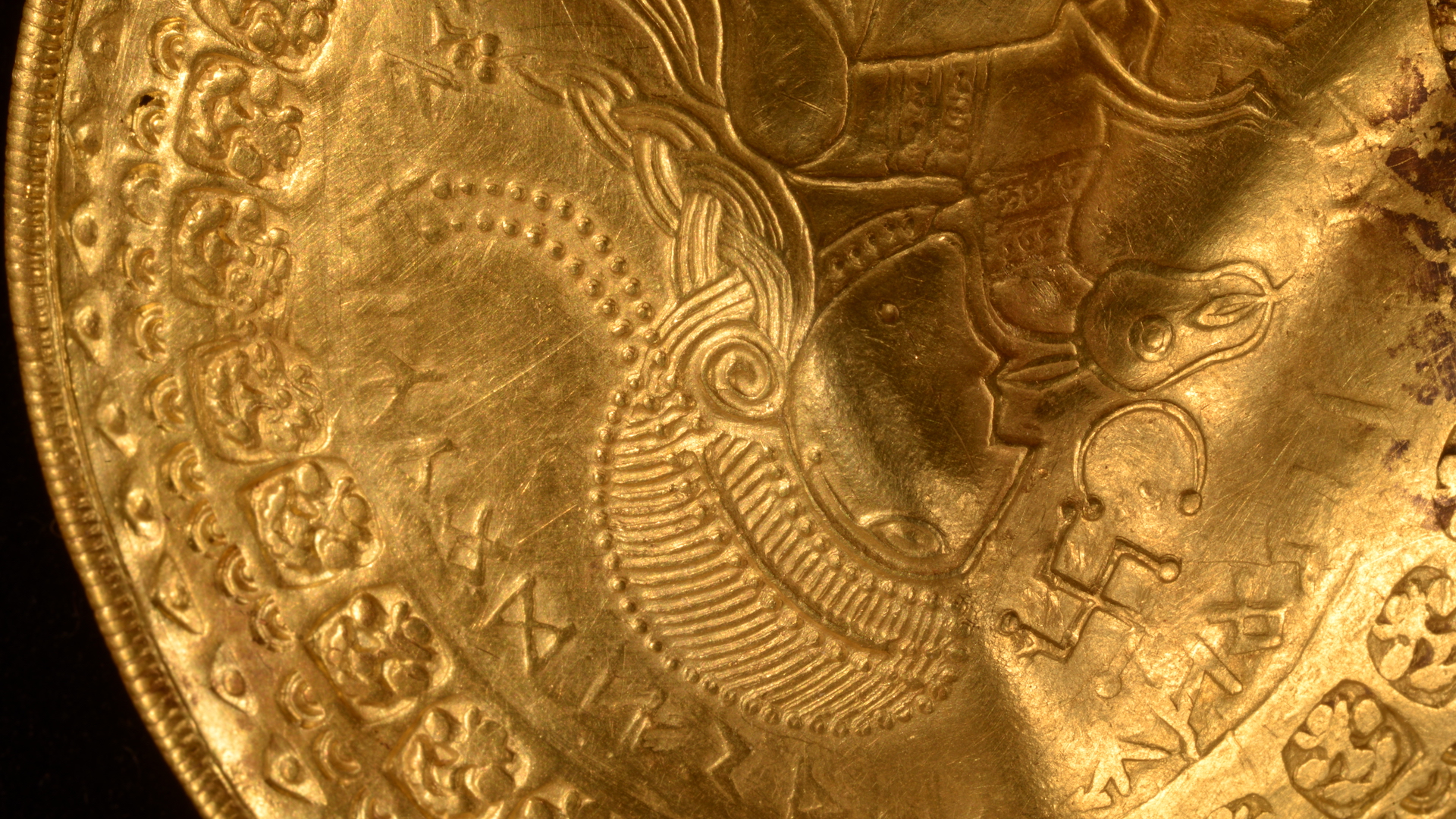
For thousands of years, humans have buried hoards of artifacts. They've been hidden for a variety of reasons, such as religious offerings to deities or safekeeping from advancing armies. Metal detectors can be helpful for finding these hoards, and amateurs have been particularly enthusiastic about using them.
Here's a look at 32 hoards that were found by people using metal detectors. In most cases, the discoveries were made by amateurs. Many of the hoards are from Britain, where the use of metal detectors by amateurs is legal and finds are cataloged by the Portable Antiquities Scheme.
Baddow hoard
The Baddow hoard was found by a metal detectorist near the village of Great Baddow, England, in 2020. It includes 933 coins, most of which are made of gold and date back around 2,100 years, to before the Romans conquered England. The hoard also has a copper-alloy ring, fragments of red glass, and pieces of a copper-alloy sheet. Preliminary studies of the coins suggest that many were produced in the North Thames region between 60 and 20 B.C. It's unclear why the hoard was buried.
Snettisham hoard
The Snettisham hoard, also called the Snettisham Treasure, is named after the village of Snettisham on the eastern coast of England where it was found. The hoard has an unusual history. It was first discovered in 1948 and consists of hundreds of artifacts, including ingots, coins and torques. It was believed to have been fully excavated in1990. However, between 2000 and 2010, metal detectorists found more remains of the treasure, including 20 gold and silver torques.
Antsy hoard
The Antsy hoard" was named after the village of Antsy, England, where it was found by a metal detectorist in a cultivated field. It contains 234 silver coins, the latest of which date to the reign of Charles I (1625-1649). During his rule, there was a civil war in Britain between supporters of the king and supporters of Parliament. Ultimately, Parliamentarian forces — led by Oliver Cromwell — won, and Charles I was executed. The hoard appears to have been buried around this time, possibly with the hope that it would be retrieved later.
Hallaton treasure
A metal detectorist found the Hallaton treasure near the village of Hallaton, England, in 2000. It contains about 2,500 coins, a silver-gilt iron cavalry helmet, the remains of brooches, and many animal bones. The artifacts date back around 2,000 years, to when the Romans were taking over England. The hoard may have been buried for religious reasons, possibly related to the takeover.
Bourne Valley hoard
Discovered by metal detectorists in 2018 in the Bourne Valley, near the city of Salisbury, the Bourne Valley hoard has more than 1,800 Roman coins, all found inside a Roman grayware jar. The coins date to the mid- to late third century A.D. Most are what modern-day scholars call "radiates," named after the style of crown worn by the Roman emperors depicted on the coins. The earlier coins in this hoard are made of silver, while the later ones are made of copper — a sign that currency in the region was losing value.
Get the world’s most fascinating discoveries delivered straight to your inbox.
Spillings hoard
In 1999, metal detectorists discovered a massive Viking hoard on the Swedish island of Gotland. It was unearthed during the filming of a documentary. Named the Spillings hoard after the farm where it was found, it contains about 148 pounds (67 kilograms) of silver objects and 44 pounds (20 kg) of bronze objects. These items include rings, bracelets, bangles, ingots and a vast number of coins. The hoard dates back around 1,100 years, to when the Vikings flourished in the region. It's unclear why the hoard was buried.
Vale of Pewsey hoard
Discovered in 2020 by a metal detectorist in the Vale of Pewsey, about 70 miles (113 kilometers) west of London, the Vale of Pewsey hoard consists of about 160 coins that date back around 1,600 years. Many of the coins date to the reign of Roman emperor Theodosius I (A.D. 379 to 395), with a few coming from the time of his successor, Honorius. At this time, the Roman Empire was in decline and would abandon Britain in 410. It's unclear why this hoard was buried, but it may be related to the security situation in Britain as the Roman Empire left the island.
Pewter vessel hoard
The word "hoard" may conjure up images of vast amounts of coins and jewelry made of precious metals. However, some hoards comprise much more modest items. One example was found by metal detectorists in 2022 near Euston Estate in Suffolk, England. It consists of 13 pewter vessels that date back around 1,700 years, to when the Romans controlled Britain. Why this hoard was buried is unclear, but it's possible that someone wanted to make a religious offering and did it with the modest means they had, perhaps after having a feast.
Gold coins in Israel
The phrase "metal detectorist" is often associated with amateurs using a metal detector to find archaeological remains. However, scientists also use them occasionally. After receiving reports from scuba divers of coins near the ancient city of Caesarea, archaeologists from the Israel Antiquities Authority used metal detectors to help survey the area. They ended up finding a trove of nearly 2,000 gold coins in mint condition. The coins, which are probably from a shipwreck, date back around 1,000 years, to when the Fatimid Caliphate controlled the area.
Staffordshire hoard
The Staffordshire hoard was discovered by a metal detectorist near Lichfield in Staffordshire, England, in 2009. The hoard, which dates to the seventh century, is the largest collection of Anglo-Saxon gold and silver metalwork ever found, according to the Stoke-on-Trent Museums. Much of the hoard consists of weapons and armor, including an ornate helmet that may have been worn by a king or other high-ranking official. Many items found in the hoard are bent or warped, and they may have been forcefully pulled off of someone. The hoard might have been buried as a gift to the gods.
Watlington hoard
The Watlington hoard was found by a metal detectorist in 2015 near Watlington, a town about 13 miles (21 km) southeast of Oxford, England. It consists of about 200 coins, seven pieces of jewelry and 15 bars of silver, per the Ashmolean Museum. What makes this hoard remarkable is that most of the artifacts date to the reign of Alfred the Great, who was king of Wessex from 871 to 899, and Ceolwulf II, who was king of Mercia from 874 to 879. These kings ruled when the Vikings were invading England. Thirteen of the coins show the two rulers seated side by side, suggesting the two rulers formed an alliance.
Iron Age torques
In September 2009, an amateur using a metal detector in a field near Stirling, Scotland, discovered four torques (gold neck ornaments) that date to sometime between 300 and 100 B.C., according to National Museums Scotland. Two of the torques are made from twisted gold ribbons, a style often seen in Scotland and Ireland. Another torque was in the form of a highly decorated tube, a style seen in southwest France, while the other appears to blend different techniques from across Europe. The finds suggest that artifacts and influences from distant locations across Europe were reaching Scotland at that time.
Medieval coin hoard
A hoard of 24 medieval coins was found by a metal detectorist near the village of Castlemorton, England, in 2023. Many of the coins are made of silver, with the earliest being minted during the reign of Henry III (1216-1272) and the latest minted during the reign of Henry V (1413-1422). It's unclear why this hoard was buried. Henry V famously won a major victory over the French at the Battle of Agincourt, but these battles took place in France, not England.
Winchester hoard
Found by a metal detectorist in a field near Winchester, England, in 2000, the Winchester hoard consists of more than 2.5 pounds (1,160 grams) of gold jewelry, according to a description from the British Museum on Google Arts & Culture. The gold jewelry appears to be in two sets, each of which includes a torque, bracelets, brooches and a chain. It's possible that one set was made for a man and another for a woman. The hoard dates to sometime between 75 and 25 B.C. It's not clear why the hoard was buried; it could have been for safekeeping or as a religious offering.
Grouville hoard
In 2012, two metal detectorists on Jersey, a British island in the English Channel, discovered a hoard of approximately 69,000 coins buried along with gold torques, silver bracelets, rings and glass beads, according to Jersey Heritage. Named the Grouville hoard (or sometimes Le Câtillon II), it dates back around 2,100 years. Who buried it and why remain a mystery. Researchers think that when the hoard was buried, people poured in the higher-quality coins and jewelry first and then put lower-quality coins on top.
Galloway hoard
The Galloway hoard was discovered by a metal detectorist in Balmaghie, Scotland, in 2014. It consists of about 11 pounds (5 kg) of silver bullion (hunks of silver) and many ornate objects. The items include a silver pendant; a gold, bird-shaped pin; and a silver vessel with leopards, tigers and Zoroastrian symbols engraved on it. That particular vessel may have come from Central Asia.
Dunscore hoard
In 2022, metal detectorists discovered a medieval hoard in a field near the village of Dunscore, Scotland. The Dunscore hoard has more than 8,400 silver coins that date to the Middle Ages, mainly the 13th and 14th centuries. Many of the coins are "Edwardian pennies," named after King Edward I (shown above), who reigned in England from 1272 to 1307. Edward I conquered Scotland in 1296 and is sometimes called the "hammer of the Scots." It's unclear why the hoard was buried.
Norway Viking hoard
In 2021, a metal detectorist in Norway found a hoard of treasure that dates back around 1,100 years. The hoard has 46 fragments of silver, a pair of rings, the remains of Arabic coins, and fragments of a silver bracelet. At the time, pieces of silver were sometimes used for barter in Norway, and the fragments of silver in the hoard would have been worth more than half a cow. It's unclear why the hoard was buried; one possibility is that it was an offering to the gods.
Spring hoard in Wales
In 2020, a metal detectorist discovered a hoard of artifacts on the Welsh island of Anglesey. The artifacts, which date back around 2,000 years, include chariot and cavalry fittings, a decorated brooch, four coins, the remains of a harness, and a 45-pound (20 kg) Roman copper ingot that may have been obtained from metal smelted at a nearby mine. The artifacts were likely placed near the spring as part of a religious ceremony.
Papowo Biskupie hoard
In 2023, metal detectorists discovered a hoard of bronze artifacts in a dried-out lake bed near Papowo Biskupie, in north central Poland. The artifacts date to roughly 1200 to 450 B.C. and include more than 550 pieces of bronze jewelry, including necklaces, pendants and arm ornaments. The remnants of 33 skeletons, likely the remains of human sacrifice victims, were also found at the site. Radiocarbon dating suggested that many of the skeletons predate the hoard. The finds suggest that people were initially sacrificed at the site and that, at some point, this practice was stopped and metal objects were used instead.
Migration period hoard in Norway
In 2023, a metal detectorist in Norway discovered a hoard of gold artifacts. They include nine pendants engraved with horse symbols; three gold rings; and 10 small, gold spheres that look like pearls. The gold spheres may have originally been attached to the pendants. In total, the hoard weighs about 3.5 ounces (100 grams). It dates to around A.D. 500, after the Western Roman Empire fell. It's not clear who buried this hoard or why they buried it.
West Norfolk hoard
In 2021, the British Museum announced that an Anglo-Saxon hoard had been found in West Norfolk. It includes 131 coins, many made of gold, as well as a pendant, a gold bar and two other artifacts that may be parts of jewelry. The hoard was discovered by at least two metal detectorists working independently. Most of the coins are Frankish tremisses — small gold coins that were minted by the kingdom of the Franks, which was based in what is now France. The hoard was buried around A.D. 600 for reasons that are unclear.
Switzerland Bronze Age hoard
A metal detectorist discovered a hoard of Bronze Age jewelry in a farmer's field in northeastern Switzerland in 2023. The finds include a necklace with 14 spiked, bronze discs, as well as two finger rings with spiral designs and more than 100 tiny, amber beads roughly the size of pinheads. The finds date to around 1500 B.C., but it's not clear why the hoard was buried. No human remains have been found nearby. The hoard may have originally been buried in a sack or other organic container that has since decayed.
Danish hoard mentioning Odin
In 2021, a metal detectorist in Denmark discovered a hoard of gold artifacts dating back around 1,500 years. The hoard contains 2.2 pounds (1 kg) of gold and saucer-sized medallions known as bracteates. The hoard also contains jewelry that was molded from Roman coins. The most important discovery was a gold pendant that has an inscription containing the earliest known mention of the Norse god Odin. Follow-up archaeological research indicates that the hoard was buried inside a longhouse, possibly after the death of a chief or king.
Broads hoard
In 2017, two metal detectorists discovered a hoard of gold coins dating back around 2,000 years. It's named the Broads hoard because it's located near a geographical area called the Broads, a network of rivers and lakes that run through the English countryside. It consists of 11 coins, some of which have engravings showing the Roman emperor Augustus, who was the sole ruler of the Roman Empire from 30 B.C. to A.D. 14. The hoard may have been buried for religious reasons or for safekeeping.
Iron Age weapon hoard from Germany
In 2021, it was announced that a metal detectorist had discovered one of the largest Iron Age weapon hoards ever found in western Germany. Dating back around 2,200 years, the hoard contains around 150 artifacts, including 40 spearhead and lance-head tips, swords, horse gear and shield remains. Many of the weapons had been bent deliberately. It's possible that the weapons are from defeated foes and the victors took the weapons and bent them to signify their victory.
Derrynaflan hoard
Discovered by a metal detectorist at a monastic site in Derrynaflan, Ireland, in 1980, the Derrynaflan hoard dates back around 1,100 years. The hoard consists of altar vessels, the most famous of which is the Derrynaflan Chalice, which is made of silver and has gold filigree decorations, according to the National Museum of Ireland. The hoard may have been buried to protect the items from Viking raids, which occurred frequently in the region at that time.
Bedale hoard
Discovered by metal detectorists in 2012 near the town of Bedale in northern England, the Bedale hoard includes an inlaid gold sword pommel, silver neck rings, a silver arm ring and 29 silver ingots, according to the Yorkshire Museum. It dates back around 1,100 years, to when the Vikings were launching raids and fighting wars in the region. The hoard may consist of items obtained by the Vikings, who might have buried it for religious reasons or to protect the artifacts.
Burton hoard
In 2004, three metal detectorists unearthed a 3,200-year-old hoard in a field near the village of Burton, Wales. Now known as the Burton hoard, it consists of 14 pieces of gold jewelry, including rings, beads, a pendant and a bracelet, according to Amgueddfa Cymru, a family of seven museums in Wales. Two bronze palstaves (a type of ax) were also found in the hoard. It's unclear who owned this hoard or why it was buried.
Swiss Roman hoard
In 2021, a metal detectorist in northern Switzerland discovered a clay pot filled with about 1,290 fourth-century Roman coins. The clay pot contained a piece of cowhide that divided the coins into two sections. Why the hoard was divided this way is unclear. Most of the coins are made of copper, but a few are silver. All of the coins were minted during the reign of Emperor Constantine I, between A.D. 306 and 337. It's unclear why the hoard was buried.
Frome hoard
The Frome hoard, discovered in 2010, is named after the town of Frome, England, near where the hoard was found. It consists of more than 50,000 Roman coins found within a ceramic pot, per the Frome Museum. The coins in the hoard date to between A.D. 253 and 293, when there was a great deal of civil strife within the Roman Empire; 25 different Roman emperors are shown on the hoard's coins.
Baldock hoard
The Baldock hoard (also known as the Ashwell hoard) was discovered by a metal detectorist in 2002 near the town of Baldock, England. It consists of at least 27 gold and silver objects that date back around 1,700 years, according to the Ashwell Museum. They include gold jewelry, a silver figurine of a woman, and gold and silver plaques. Some of the plaques have inscriptions mentioning an obscure goddess named Senuna. She may have been a water goddess named after a place that ancient records call the "Senuna river." It's uncertain which modern day river the Senua River refers to.

Owen Jarus is a regular contributor to Live Science who writes about archaeology and humans' past. He has also written for The Independent (UK), The Canadian Press (CP) and The Associated Press (AP), among others. Owen has a bachelor of arts degree from the University of Toronto and a journalism degree from Ryerson University.


